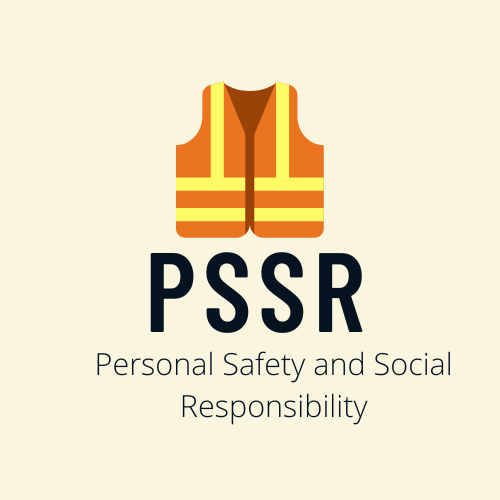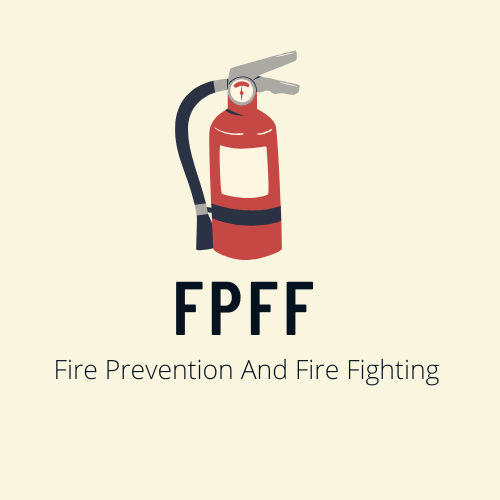This OCTO exit exam questions and answer quiz contain questions Answer
If you find any questions incorrect, please let us know by Clicking here.
1. Electrons have:
No charge
Positive charge
Negative charge
2. How to reduce
Hydrogen Sulphide Hazard in Residual Fuel Oils?
Ventilation to lower
the concentration of vapor in the ullage space and in specific areas where
vapors may accumulate should be carried out as soon as practicable.
Transfer the oil to some other tank using fuel transfer pump,
Keep heating the oil to maintain a higher temperature
Circulate the oil in the same tank using the cargo pump
3. Inert gas is
introduced to cargo tank to:
Lower the LEL of cargo vapor.
To make the cargo vapors a lean mixture of hydro carbons
To exclude oxygen and
thus prevent fire or explosion.
4. What is Cargo inhibition?
All chemical cargo physical and chemical properties change. during transportation; to avoid this, certain inhibitors are added to the cargo
For some chemical
cargoes. under heat and in presence of oxygen, their physical and Chemical
properties change. To avoid this certain inhibitor are added to the cargo
Some chemical cargoes have some physical and chemical properties that change due to cold weather in presence of oxygen, to avoid this. Certain inhibitors are added to the cargo
Adding Inhibitors to a refined vegetable oil adds its market value as the inhibitor maintains its color
5. Why are inhibitors
added in the cargo?
Inhibitors are added by the ship staff before loading are Toxic. Inhibited cargoes often need oxygen hence should be carried in inerted tanks.
Inhibitors are added
by the Terminal before loading are Toxic. Inhibited cargoes often need oxygen
hence should not be carried in inerted tanks.
Inhibitors that are added by the Terminal before loading are Non-Toxic. Inhibited cargoes do not need oxygen and can be carried in inerted tanks.
Once the cargo is inhibited, its temperature is never a concern for cargo carriage
6. The main elements
of peak safety performance are
reducing the number of accidents to less than 5 % of the previous year's accidents
reducing the number of pollution incidents to less than 2 % of the previous year pollution incidents.
No operational
incidents, no personal injuries and no harm to the environment.
7. Organizational safety value aims at:
< 2 incidents in a year
reduce incidents to less than 10 % of incidents in the previous year
Zero incident
program
allow only one incident per year.
8. What factor mainly
affects Vapor cloud dilution rate?
Quantity of Spill
Weather
conditions
Thermal inversion
diameter of the vapor cloud
9. How is the Putrefaction process connected to Carbon Monoxide?
Putrefaction process generates obnoxious and toxic vapors
Putrefaction process
depletes the oxygen in the tank due to chemical reaction
Putrefaction process generates obnoxious and toxic vapors and these depletes the oxygen in the tank due to chemical react ion
Purification occurs due to a decrease in tank temperature
10. Chemical cargo
vapors can enter the human body due to:
Continuous working on deck.
Working i n the pump room
Inhalation, skin contact and also swallowing.
Improper use of proper PPE
11. Key Features and
Measurement of an Effective Safety Culture; identify one statement that
identifies an effective safety culture
Recognition that all accidents are preventable and only usually occur following unsafe actions or a failure to follow established procedures
Individual seafarers assume responsibility for safety rather than relying on others to provide it
Through mutual respect, increasing confidence in the value of the safety culture results in a more effective Safety Management System
A safety management
system that is always setting targets for continuous improvement, with a goal
of zero accidents
12. Paraffinic, Paraffinic- Naphthenic and
Aromatic Intermediate are the three classifications of
Natural gas
Crude oil
Coal
Asphalt
13. Higher viscosity
means
Proper atomization of fuel
Rich atomization of fuel
Poor atomization of
fuel
14. What is the sulfur content in natural gas
of typical petroleum?
0.20%
0. 1 - 6%
2 - 8%
12 - 15%
15. Vapor density of
most of the chemical cargoes is
Lighter than air
Heavier than air
Same as air density
16. What is the
effect of intermolecular forces on vapor pressure?
Relatively strong force will increase vapor pressure
Relatively strong
force will decrease vapor pressure
Relatively weak force will decrease vapor pressure
Relatively weak force does not have any effect on vapor pressure
17. Of the
hydrocarbons found in nature, which Is the lighter fraction of hydrocarbons,
which can be free or dissolved?
Crude oil
Asphalt
Refined oil
Natural gas
18. The product of
coefficient of viscosity, surface area and the velocity difference between
layers of flowing liquid is:
Viscosity of Liquid
Force of friction
between liquid layers
Velocity of the fluid
Vapor pressure of liquid
19. The stretcher for
emergency rescue from pump room should be
Available close to, the pump room
Kept permanently
rigged for hoisting an injured person
Kept in ship's hospital and clearly marked
20. What do you
understand from the term "Bleed off COW"?
The process of pressure testing the COW lines onboard
The process of diverting part of cargo discharged for reducing rate
The process of
diverting part of cargo discharged for crude oil washing
The process of draining oil from the COW lines after washing
21. In the
displacement method of purging and inerting, the inert gas
enters from the top
of the tank
enters from the bottom of the tank
mixes with the original tank atmosphere
could enter from the bottom or the top of the tank
22. Your vessel is
taking on fuel when a small leak develops in the hose. You order the pumping to be stopped. Before you resume pumping, you should
Notify the terminal superintendent
Place a large drip pan under the leak and plug in the scuppers
Repair the hose with a patch
Replace the hose
23. Submersible pumps found in chemical tankers
are normally made of
Aluminum alloy
Fiber
stainless steel
Nickel alloy
24. An inert gas
generator burns what oil to generate inert gas?
Crude oil
Heavy oil
Diesel oil
Gas oil
25. Cargoes should not be loaded into a tank
that is not specially for that duty if it exceeds normal atmospheric pressure
at
60.0 Deg C (140 Deg F)
15.6 Deg C (60 Deg F)
25 .0 Deg C (77 Deg F)
37 .8 Deg C (100 Deg
F)
26. What Is the safety margin of tank volume,
when calculating filling ratio of a cargo which needs heating during its
carriage?
5% of the Tank capacity
10% of the Cargo capacity
2% of the Tank
capacity
1% of the Tank capacity
27. The ring main
pipeline system is extensively used on:
VLCCs
Crude oil tankers
Medium range tankers
Product carriers
28. Which of the
following statements is not true with regard to chemical tanker pump room?
Pump discharge pressures can be read from outside the pump room
Pump room bilge system can be operated from outside the pump room
The ladders for normal access should not be vertical and should have platforms
Rescue equipment for
hoisting injured people should be available at the deck store
29. You are operating a non- ocean-going vessel,
how much of the accumulated oily waste must you be able to retain on board?
25%
50%
75%
100%
30. A small fuel spillage occurred during
helicopter refueling. After the leak has been stopped and fire-control
personnel have been notified and are standing by, the next step is to
Proceed with fueling operation
Have helicopter move to a safer location
wash spilled fuel
away with a flood of water
Clean spilled fuel with rags





